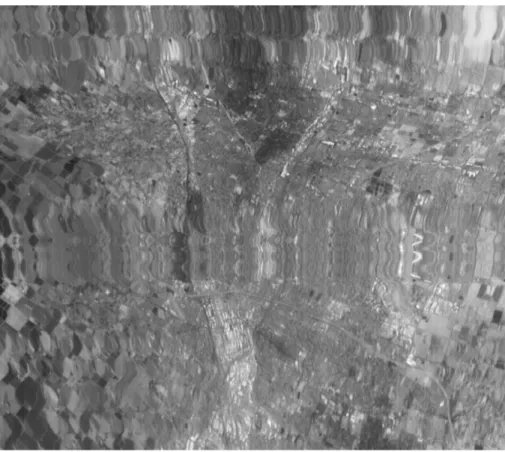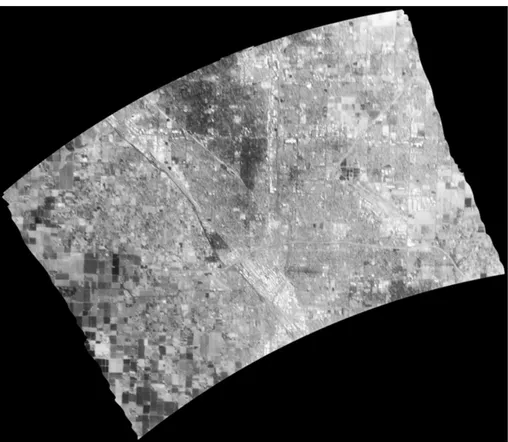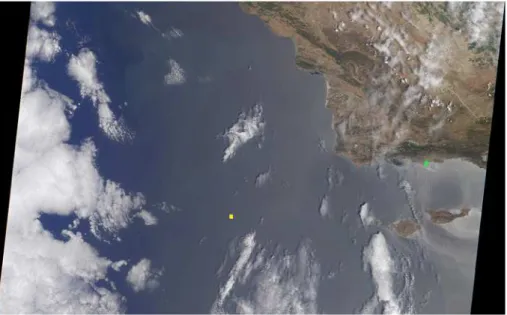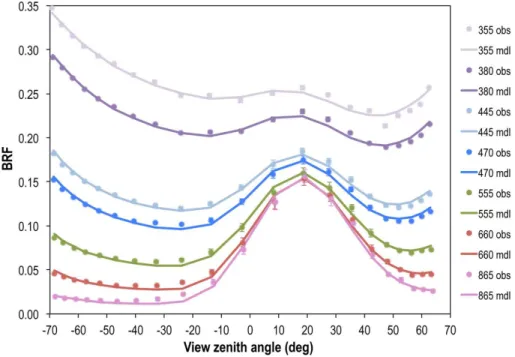The Airborne Multiangle SpectroPolarimetric Imager (AirMSPI): a new tool for aerosol and cloud remote sensing
Texto
Imagem


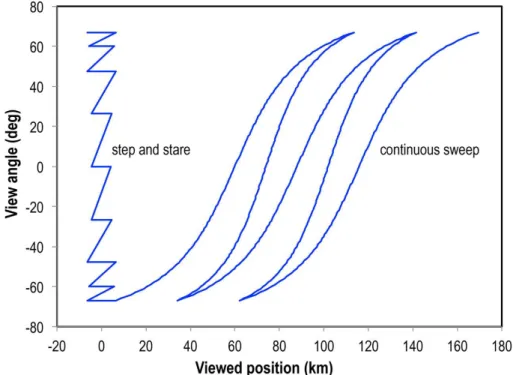

Documentos relacionados
Through experiments with the standard surface reflectance product of MODIS and the estimated remote sensing reflectance based on SeaDAS processing software, and the
The spatial distribution of aerosol chemical com- position and the evolution of the Organic Aerosol (OA) fraction is investigated based upon airborne measurements of aerosol
Measured DOLP in the three polarimetric AirMSPI bands (circles) as a function of view zenith angle compared to results for the monomodal model with 0.06 µm median particle radius
We stress, however, that the retrieval algorithm assumes a non-polarising, Lambertian surface and fixed types of aerosol and cloud whose scattering properties are specified, so
A recently developed reflectance ratio (RR) method for the retrieval of aerosol optical depth (AOD) is evaluated using extensive airborne and ground-based data sets collected during
In this study we focus on aerosol reflectance to identify dust phenomena but not in a binary way such as BTD and so we should decompose top of atmosphere (TOA)
C.: Improvement of aerosol optical depth retrieval from MODIS spectral reflectance over the global ocean using new aerosol models archived from AERONET inversion data and
The well- predicted aerosol quantities, such as aerosol number, mass composition and optical properties, and the inclusion of full aerosol-cloud couplings lead to
